Maintaining clean and safe water systems is essential for individuals’ and communities’ health and well-being. However, water pipes can develop a slimy and stubborn layer known as a biofilm over time.
Biofilm is a complex matrix of microorganisms, including bacteria, algae, fungi, and other organic matter that adhere to the inner surfaces of pipes. It compromises water quality and hinders the proper functioning of plumbing systems.
If left untreated, biofilm can lead to a range of problems, including reduced water flow, foul odors, corrosion, and even the potential for harmful bacterial growth.
In this guide, we will explore effective strategies and methods on how to get rid of biofilm in water pipes, ensuring clean and healthy water for your household or commercial establishment.
Whether you are dealing with a small-scale residential plumbing system or a more extensive industrial setup, understanding biofilm causes and implementing appropriate solutions will help you maintain optimal water quality and system performance.
The Problem With Biofilm
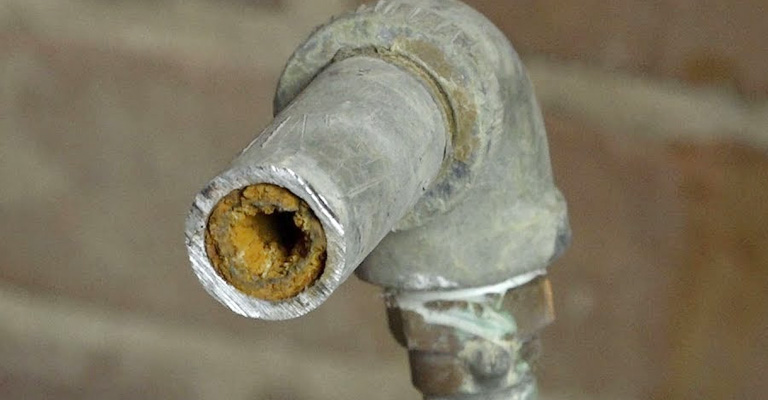
Salmonella, Shigella, E. Coli, Campylobacter and Yersinia are several of the severe health problems generated by biofilms.
Infections can be transmitted through drains caused by bacteria. There are sessile populations of bacteria colonizing domestic drains in the UK that differ depending on the location of the drain.
L paracasei was found in one drain, M osmosis in another, and E coli in two others. Plumbing problems causing old water from drains to rise into the sink pose an even greater danger in the home.
Whenever a problem arises with the plumbing, homeowners should disinfect sink surfaces and fix the problem as soon as possible.
There are, however, more significant risks in healthcare settings. Viruses and bacteria may be present in biofilms in more serious pipes.
Upon turning on the tap, the biofilm from the drainpipe can be drawn back into the sink. It is possible for sick patients to contract an illness or infection from the biofilm as their immune systems are compromised.
What Causes Biofilm?
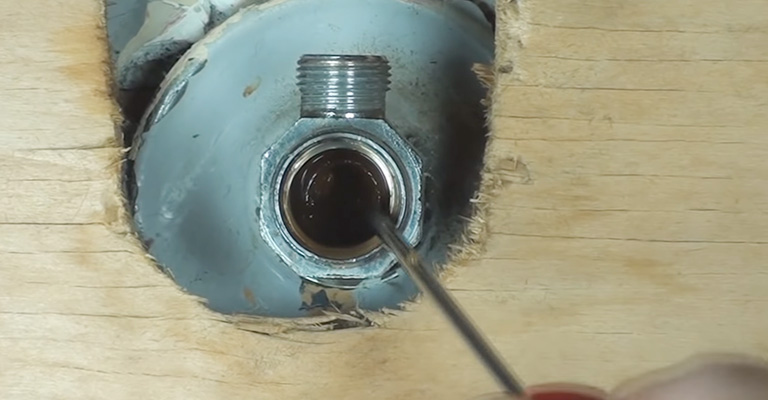
After learning what biofilm is, let’s take a look at what causes it to form in the first place. Biologically, a biofilm is formed when microorganisms attach to and grow on surfaces, producing polymers that facilitate attachment and matrix formation.
As a result, the organisms’ growth rate and gene transcription have been altered.” Unless you’re an avid reader, that makes about as much sense as random letters swimming in alphabet soup.
In basic terms, a biofilm is formed when a microorganism (for example, bacteria) attaches itself to an object in a wet environment and begins to replicate.
Imagine a bacterium floating up, and another appearing, and another, until thousands of them are grouped into a little colony.
The good news is it won’t just happen anywhere. They need to be in a moist environment, such as a bathtub or shower, to stick to the surface. Are you familiar with the ring of film around your drain? The Biofilm is that.
How To Remove Biofilm From Your Drinking Water?
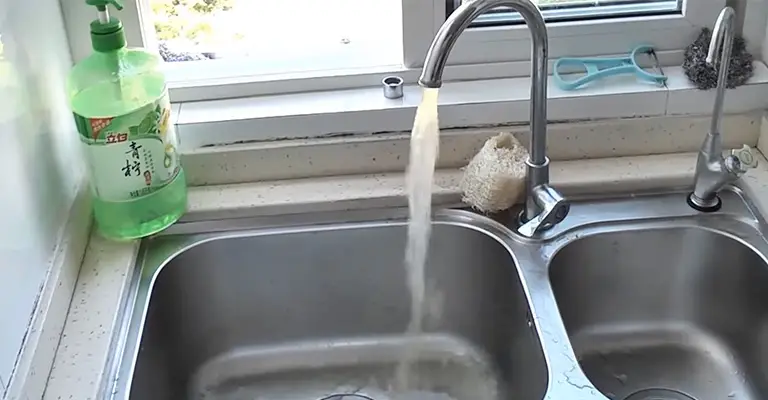
Filtration, pipe jetting, and whole-home pipe replacement are all methods for removing biofilm from drinking water. There is an advantage to each of these.
Water Filtration
A water filtration system is a relatively straightforward way to remove biofilm from drinking water. It may help if you think of a pitcher with a replaceable filter in the fridge.
Although this is an option for filtering water, there is a much more integrated and robust way to do so. The whole house water filtration system offers precisely what its name implies.
As a result, you can use water safely for any purpose(bathing, drinking, watering plants, etc.) while being assured that any biofilm has already been scrubbed away and removed.
Pipe Jetting (aka, Pipe Cleaning)
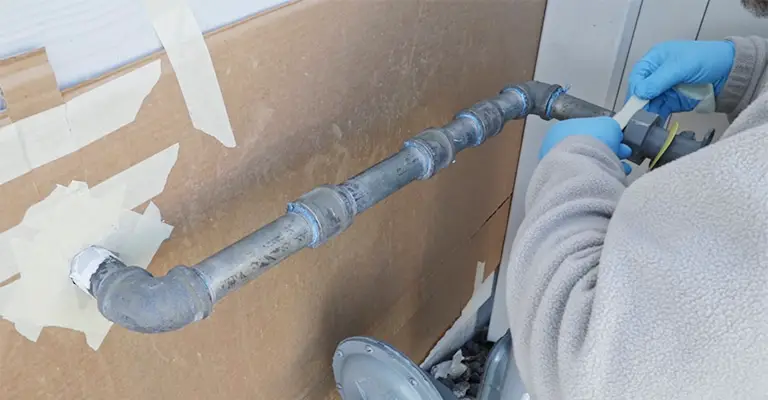
The easiest way to remove dirty, unwanted biofilm from your drinking water is to have a professional clean your pipes.
It is called “pipe jetting” or “pipe cleaning”, and it allows you to have freshly cleaned pipes without replacing them entirely.
Whole Home Pipe Replacement
Occasionally, replacing all the pipes is the only solution. The chances of a broken pipe in an older house are much greater than in an updated home since pipes can last several decades up to an entire century.
However, if you need to replace your whole pipe, you will need to hire a local plumber who knows the area and your home’s best replacement options.
Is Biofilm Bad for You?
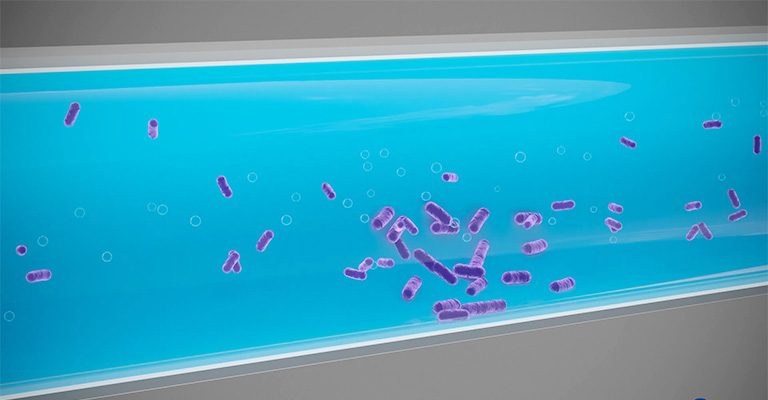
As you’re probably wondering, biofilm poses no danger to humans. The health effects are absolutely possible, as we mentioned at the beginning.
Many bacteria and fungi we come into contact with and consume are harmful to us. When you think of all these biofilms gathered together in one place, you can begin to see the problem!
An author points out that “biofilms can grow on medical implants, which creates the opportunity for infections to flourish and even result in human death since these resistant microbial communities can resist antibiotics and evade the immune system.”
“In restaurants, institutional kitchens, and home kitchens, biofilms on food-contact surfaces provide housing for pathogens that cause foodborne illnesses.”
It certainly sounds scary, and it certainly can be. Despite these negatives, there are two good news items: biofilms can be treated, and not all biofilms are toxic.
Using biofilm to treat wastewater and clean up gas and oil spills is one instance where they can be beneficial. However, you shouldn’t let your drinking water be contaminated by biofilm.
Considering biofilms are often made up of bacteria, you could compare them to drinking bacteria. It is good that there are ways to remove biofilm from drinking water.
How to Control and Prevent Biofilm Problems?
Especially when it comes to drains and pipes, it can be difficult to see down into them, which makes cleaning them problematic.
Most homeowners think they are cleaning their drains with hot water and detergents, but these methods are insufficient. Despite the sticky coating, bacteria remain protected, making biofilms hard to destroy.
However, even stronger chlorine-based disinfectants and caustic soda are ineffective against biofilm.
It is more effective to create a physical barrier that blocks odours, bacteria, viruses and pests from drains, ensuring a safe healthcare environment.
Prevent Clogging
Drains that are clogged for too long provide a perfect environment for bacteria to flourish.
Keep this from happening by always dealing with problems as soon as you notice them. Furthermore, this approach is easier than delaying the process to reduce biofilm formation.
Clean After Cooking
Since food waste finds its way there, the kitchen sink is particularly vulnerable to biofilm buildup.
It is important to stop leaving dishes for later if you want to learn how to get rid of biofilm in pipes. When you finish eating, do the dishes immediately to eliminate your problem.
Clean the Areas Near Your Drains
Likewise, biofilm congregates on sinks, drains, and other surfaces in your home. It is common for these spaces to be left wet, and they tend to be a breeding ground for bacteria from nearby activities such as brushing teeth and running out of the shower.
You can prevent biofilm from forming inside your pipes by cleaning the spaces leading to them to stop them from causing a blockage.
Remove Hair and Debris Blockages
It is not uncommon for biofilm to form on hard-to-reach surfaces. Organic buildup can often be found inside drains where hair and debris hide.
I’m sure you know what it looks like if you’ve ever pulled half a foot of hair from your shower drain. However, most of the biofilm is removed after you remove these blockages.
Final Words
The biological film can be aesthetically unappealing. Human health can also be compromised if it is consumed through drinking water.
Considering all this, you might want to have your pipes thoroughly checked to give you peace of mind about the water you and your family use on a daily basis.






